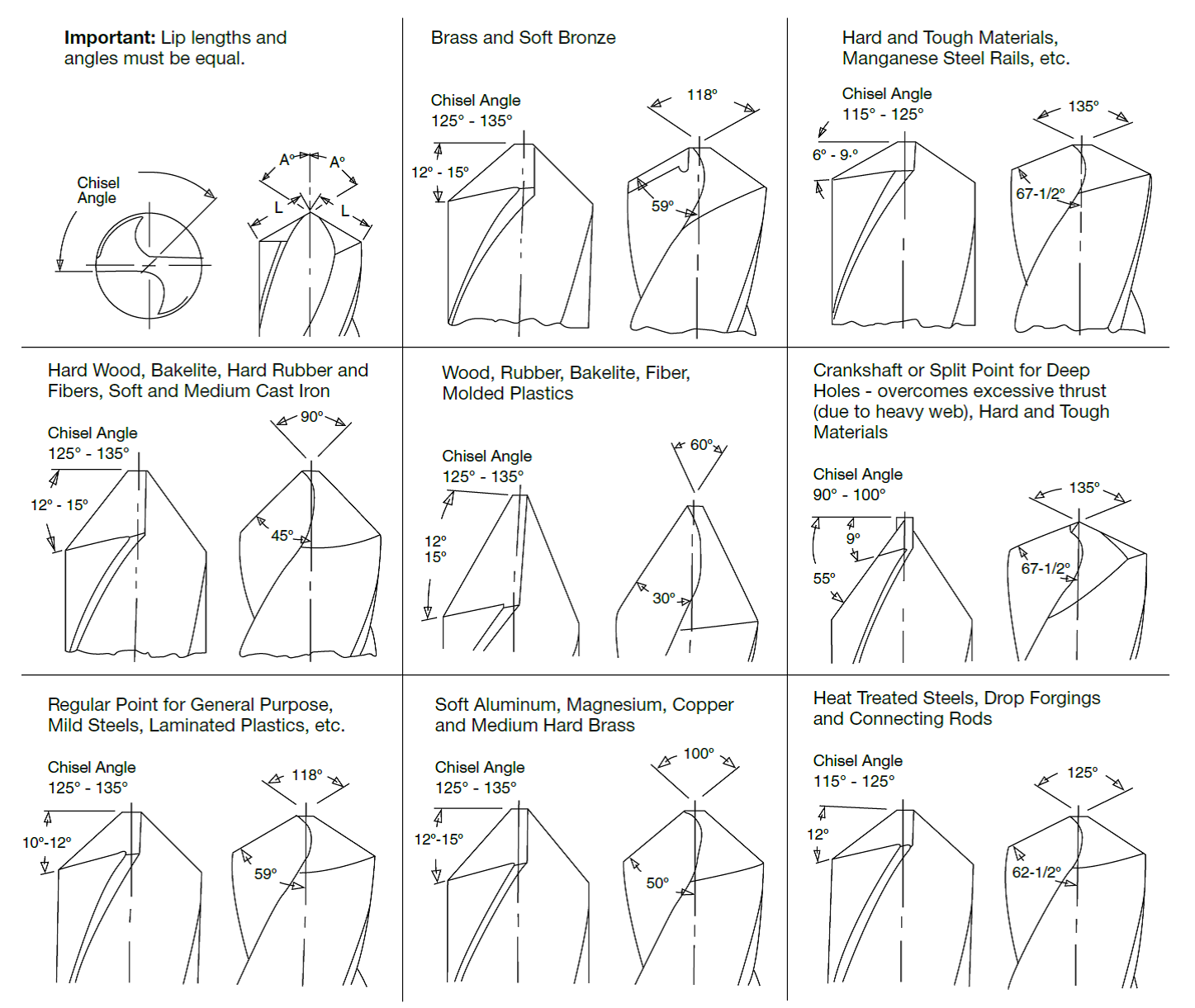Which bits to obtain depends very much on application (to state the obvious!). Chair-makers will have different priorities than joiners, and so on.
For general home workshop use on household jobs, furniture, box-making, toy-making and similar, a few twist augers (Jennings or Irwin are the most common patterns) are handy. The smaller sizes are more useful, with maybe two or three larger ones. If you can find some (especially the larger ones) with fine-pitch screws that'll be better when boring hardwoods, but most seem to be coarser pitch and are more suitable for softwood work.
Centre bits (right hand side in Bod's picture) are very handy for shallower holes, and can drill thinner stock without splitting it, unlike twist augers. A selection of sizes from very small to quite large is handy, but again, the smaller ones seem to get the most use.
Screwdriver bits are great for shifting larger screws when dissembling old stuff, and for quick insertion of screws. You will probably need to reshape the tips (file) to fit screw slots, since most seem to be either worn or have too steep a taper at the tip. Special ones with two prongs at the tip crop up quite a lot - they were for tightening the 'split nuts' on old-type saw handle bolts.
Countersink bits (several patterns) are handy for - er - countersinking. Snail bits best for wood, but the other types are handy if you need to adjust brassware (rose countersink bit) or ironmongery (flat countersink bit).
(Smaller holes, such as screw pilot holes and the like, are better done with modern lip-and-spur or jobber twist drills, but brace bits such as shell bits, nose bits, gimlet bits and the like turn up in mixed lots quite a bit, and whilst they can be fun to experiment with, are probably not as useful these days as twist augers and centre bits. Don't throw them out, though!)
Taper reamers (sometimes 'rimers') turn up, too. Also used back in the days when brassware and ironmongery had to be adjusted to fit the available screws, not so useful these days. The square ones were for iron, the solid half-round for brass, and the hollow half-round for opening holes in wood.



































